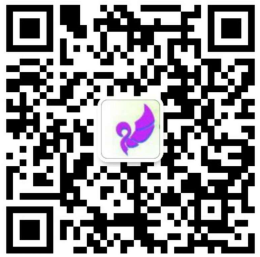代写EARTHSS 17: Catastrophes Discussion 2: Tectonic Maps and Drawing Cross-Sections代写留学生Matlab语言程序
- 首页 >> OS编程EARTHSS 17: Catastrophes
Discussion 2: Tectonic Maps and Drawing Cross-Sections
Part I: Tectonic Maps
At right is a tectonic map of New Zealand, which is situated on several different boundaries. Use the image to answer the questions that follow.
On the map:
1. Place a triangle in all locations where you would expect to find volcanoes
2. Star all of the locations where you would find shallow earthquakes
3. Put an “x” at a location where you would expect deep earthquakes
4. Lable a convergent, divergent, and transform. boundary.
5. Which plate is more dense? The Australian Plate or the Pacific Plate? Defend your answer.
6. Which population (City A or City B) would be most prone to a catastrophe? Use the chart below to inform. your decision and to defend your answer.
|
|
Population |
Mean Building Age |
Mean Income/Household |
|
CITY A |
383,000 |
60 years |
$65,000 |
|
CITY B |
1,300,000 |
40 years |
$161, 886 |
Part II: Sea Floor Spreading
1. An ocean now exists between two Continents (A and B). Using the magnetic reversals, determine approximately when the supercontinent first broke apart.
Part III: Drawing Cross-Sections
1. Your TA will provide you with a birds-eye view of South America (i.e. a satellite view). Study the image and discuss with your group where there appears to be oceanic crust, continental crust, mountains, and trenches. Sketch a cross section (side-on view) in the box below, showing what you would expect the lithosphere and asthenosphere to look like in an east-west cross-section across South America, from point X to point Y. Include approximate crustal thicknesses; try to draw it to scale. On your drawing, label (A) a trench, (B) a volcanic mountain chain, (C) the oceanic plate and (D) the continental plate. Include the lithosphere and asthenosphere in your drawing.

